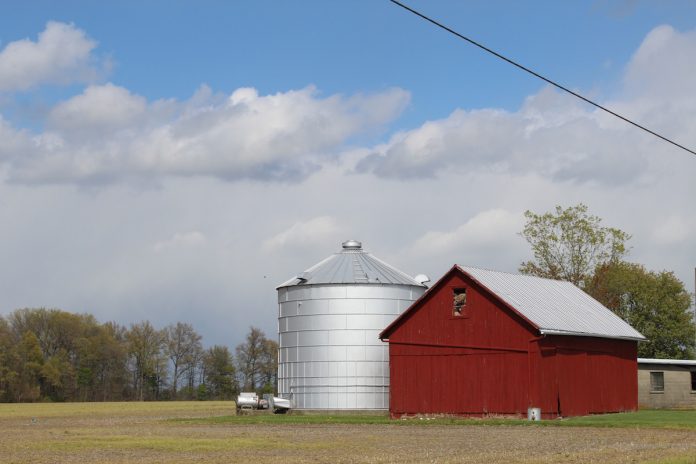Several years of turmoil for agriculture are shaping priorities for the 2023 Farm Bill for farm groups, and for legislators. Events — from a trade war, to a pandemic, to a war in Europe with global impacts — have strained food and farming systems, highlighting issues with consolidation and more.
As early discussions continue within organizations and in the House Agriculture Committee, farm groups are hoping the next farm bill can help address some of these challenges.
“I think OEFFA’s policy work is consistent with the kind of investments that will buffer us against those kinds of disruptions,” said Amalie Lipstreu, policy director for the Ohio Ecological Food and Farming Association.
Andrew Walmsley, senior director of government affairs for the American Farm Bureau Federation, said both nutrition and foreign policy will be important issues heading into the next farm bill.
“Food security is national security,” he said.
Consolidation
Consolidation has been a major concern for farm groups particularly as global challenges like the pandemic and Russia’s attack on Ukraine have strained food systems. The U.S. Department of Justice and U.S. Department of Agriculture have been looking into anticompetitive practices in agriculture, particularly in the livestock and poultry sectors.
Two of OEFFA’s main goals for the bill are addressing consolidation in food and agriculture, and increasing investment in local and regional food systems.
“The reality is probably that we are going to increasingly see these food system disruptions. It’s a constant reminder that we need to invest in the resilience of our food system in the United States,” Lipstreu said. “Addressing consolidation will also make investments in local and regional food production.”
Land access
With the average age of farmers in the U.S. at about 57 as of the 2017 Census of Agriculture, several organizations have been looking at ways to support the next generation of farmers. The National Young Farmers Coalition has launched the One Million Acres for the Future Campaign, calling on Congress to invest $2.5 billion in the next farm bill to support land access for the next generation of farmers.
The coalition wants to see that investment go towards policies including voluntary, community-led farmland protection, farm transition incentives, expanded access to credit for beginning farmers and more data collection and research on farmland tenure, ownership and transition and more.
Safety nets
Risk management tools have also come up in several organizations as they work on their priorities for the farm bill. The National Association of Wheat Growers named farm support programs as one of its priorities in a June 30 release.
The association said it opposes cuts to crop insurance and supports enhancing crop insurance. It also suggested enhancing farm safety net programs like Agricultural Risk Coverage and Price Loss Coverage to help cover higher production costs.
Walmsley noted U.S. agriculture has experienced several “black swan” events in the last few years.
“I would say it’s a flock of black swans,” he said. While prices for some commodities have been good recently, he said, when prices eventually fall, input prices may not fall at the same rate. It’s important for farmers to have tools to weather that storm, if it comes. “Always, [one of the farm bureau’s priorities] is to ensure that farmers and ranchers have access to risk management tools.”
In House Agriculture Committee hearings, representatives from the National Milk Producers Federation have urged support for safety nets like the Dairy Margin Coverage program. The federation is also seeking improvements to the Federal Milk Marketing Order.
Process
Even groups that have finalized their main goals are still refining them and figuring out exactly how those goals fit into specific policies that may come up in the 2023 farm bill. OEFFA has finalized its platform for the bill after holding listening sessions with members this spring. It is now working with other state coalitions and will continue to review policies with members as they come up.
The farm bureau’s farm bill working group has been reviewing its policy book and will soon review policies with state farm bureau presidents. This fall, the organization will release white papers to help county and state farm bureaus with their policy processes at their annual meetings, and the organization will finalize its national policies at the annual convention in early 2023, Walmsley said.
The U.S. House Agriculture Committee has been holding hearings to review different aspects of the farm bill, like conservation programs, USDA nutrition programs and more. The committee has also recently held farm bill listening sessions in several states. Upcoming mid-term elections could also shape the process, heading into 2023.
“I think every farm bill process is unique,” Walmsley said. “From the Capitol Hill standpoint, a lot of folks are waiting till November, to see who is in power in House and Senate.”












